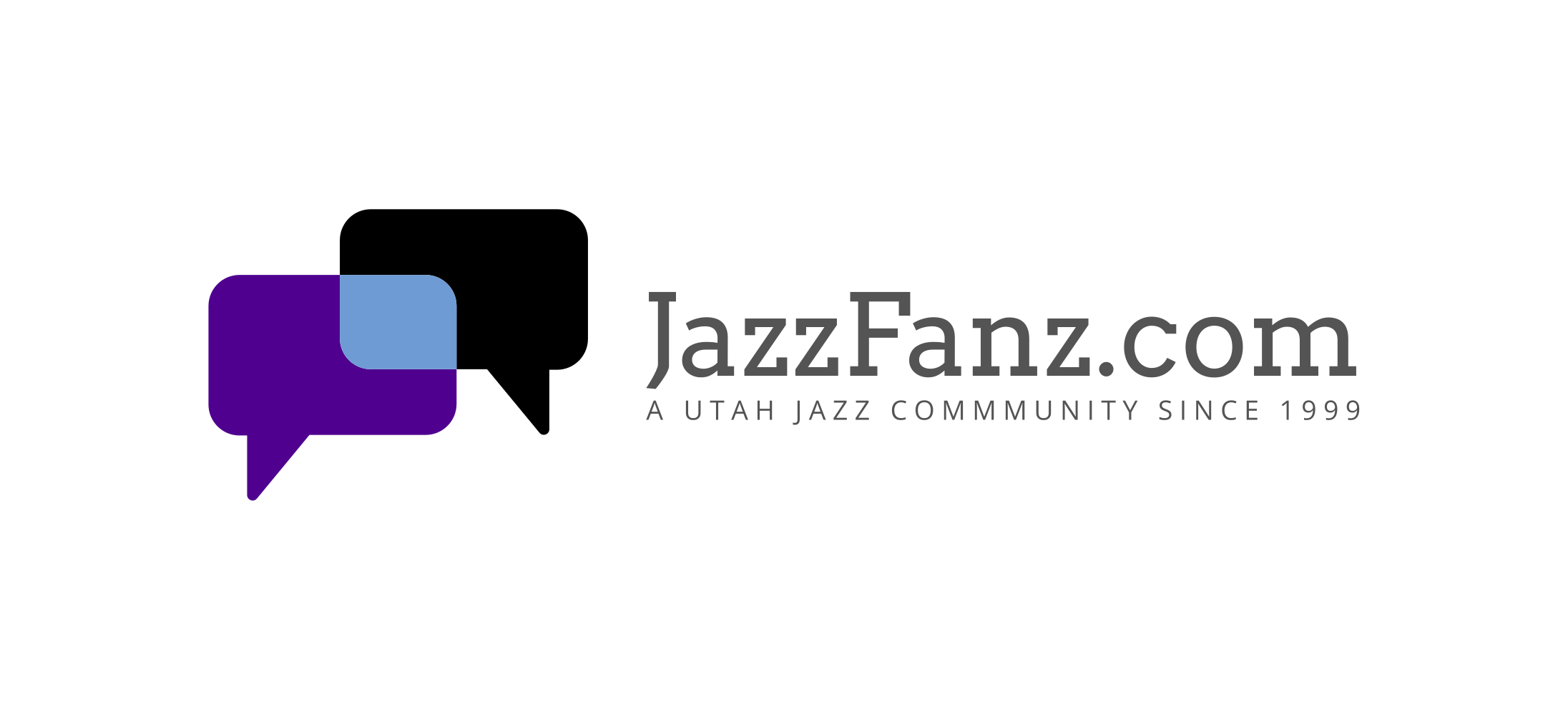Is project 2025 really the end of the world like you guys think?
Project 2025, led by the Heritage Foundation, is a conservative initiative aimed at preparing a policy agenda for a future Republican administration. Its proponents highlight several aspects they view as positive, focusing on reducing government size, promoting economic growth, and aligning policies with traditional values. Below are the key positive aspects as articulated by supporters, based on available information and perspectives from posts on X:
1. **Reducing Government Overreach and Bureaucracy**:
- Project 2025 proposes shrinking the federal government by eliminating or downsizing agencies like the Department of Education and the Environmental Protection Agency (EPA). Supporters argue this reduces wasteful spending and restores decision-making power to states and local communities, fostering more tailored governance.
- The plan aims to privatize functions like the National Weather Service and Amtrak, which proponents claim could improve efficiency and reduce taxpayer burdens by leveraging market-driven solutions.
2. **Economic Growth and Deregulation**:
- The initiative advocates for significant deregulation, particularly in agriculture, energy, and business sectors. Supporters argue this will lower compliance costs, potentially reducing consumer prices (e.g., cited examples include lowering egg prices by easing agricultural restrictions).
- Tax reforms, such as a simplified two-rate individual tax system (15% and 30%) and reducing the corporate tax rate from 21% to 18%, are seen as pro-growth measures. Proponents believe these changes will stimulate investment, job creation, and economic prosperity, especially for small businesses and entrepreneurs.
- Cutting capital gains taxes and eliminating taxes on tips are framed as ways to increase disposable income for workers and incentivize economic activity.
3. **Restoring Traditional Values**:
- Project 2025 emphasizes policies that align with conservative social values, such as promoting traditional family structures (married, heterosexual households) and protecting religious freedoms. Supporters see this as a counterbalance to progressive ideologies they view as divisive, like diversity, equity, and inclusion (DEI) initiatives.
- The plan’s focus on protecting “life from conception” and limiting abortion-related policies (e.g., via the Comstock Act) is viewed as a moral victory for pro-life advocates, aligning with the values of many conservative voters.
4. **Strengthening National Security and Immigration Control**:
- The initiative proposes stricter immigration policies, including mass deportations and enhanced border security. Supporters argue this protects national sovereignty, reduces strain on public resources, and prioritizes job opportunities for American citizens.
- Plans to strengthen the military by focusing on readiness and traditional recruitment standards (e.g., reversing policies on gender-affirming care) are seen as bolstering national defense.
5. **Enhancing Executive Accountability**:
- The reintroduction of Schedule F, which allows the president to reclassify and replace certain federal employees, is defended as a way to ensure the executive branch aligns with the elected administration’s agenda. Supporters argue this reduces obstruction from unelected bureaucrats, making government more responsive to voters.
- Streamlining federal agencies is seen as a way to eliminate inefficiencies and ensure taxpayer dollars are used effectively.
6. **Promoting Energy Independence**:
- Project 2025 advocates for expanding domestic energy production, particularly fossil fuels, by reducing environmental regulations and defunding climate change initiatives. Supporters claim this will lower energy costs, enhance energy security, and support industries like oil and gas, which employ millions of Americans.
7. **Education Reform and Parental Rights**:
- By proposing to eliminate the Department of Education and redirect funding to states, supporters argue Project 2025 empowers parents and local communities to control curricula and school policies. This is seen as a way to prioritize parental rights and reduce federal influence over education.
- Ending programs like DEI in schools is viewed as refocusing education on merit and core academics, avoiding what some call “ideological indoctrination.”
### Context and Perspective
Supporters of Project 2025, as reflected in some X posts and conservative commentary, view it as a bold blueprint to counteract decades of perceived government overreach, progressive policy dominance, and bureaucratic inefficiency. They argue it aligns with the priorities of many Americans who value limited government, economic freedom, and traditional values. For example, the Heritage Foundation emphasizes that the plan reflects input from over 100 conservative organizations, suggesting broad grassroots support within the conservative movement.
However, these positives are not without controversy. Critics argue that the plan’s deregulation could harm public health and the environment, its social policies may exclude marginalized groups, and its personnel reforms risk politicizing the civil service. The feasibility of many proposals, like eliminating entire departments, is also uncertain due to congressional and legal hurdles.
### Conclusion
From a supportive perspective, Project 2025 is seen as a transformative agenda to streamline government, boost the economy, strengthen national security, and restore traditional values. Its focus on deregulation, tax cuts, and state-level control resonates with those who prioritize individual liberty and limited federal intervention. For a detailed look at the proposals, the “Mandate for Leadership” document is available at
www.project2025.org.

truthsocial.com


www.marketwatch.com
